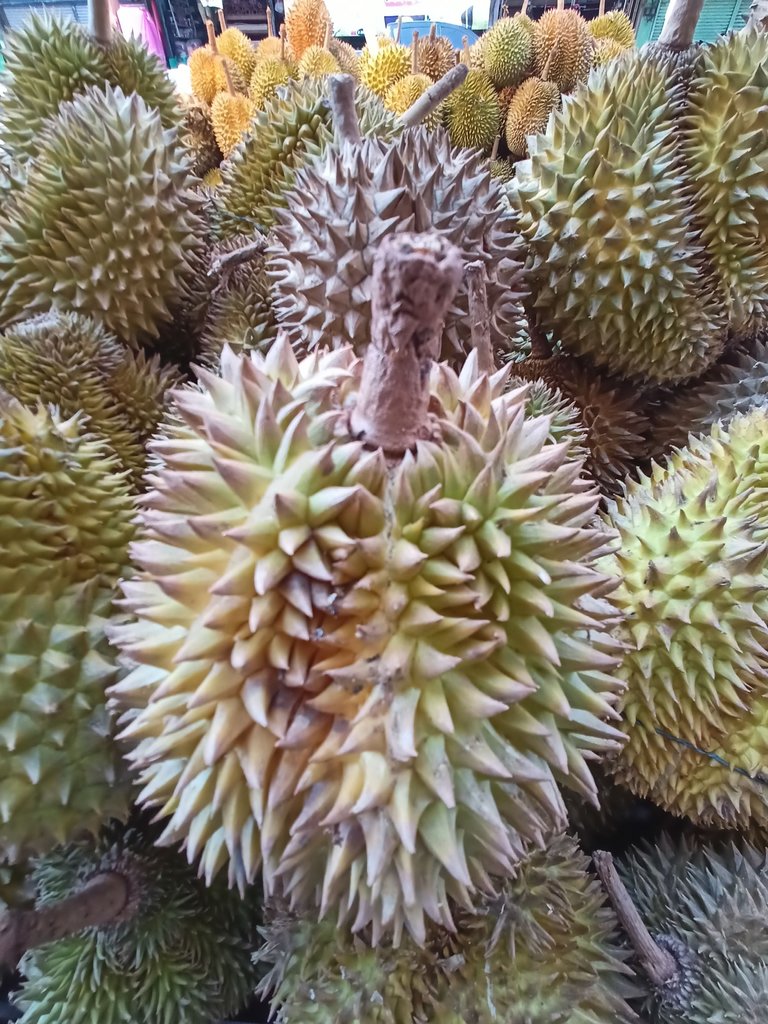
Are you a fruit-lover? If so, I'm going to spoil you with a tsunami of mouth-watering fruits today! Are you ready?
More importantly, I personally invite you to explore Philippine tropical fruits, particularly the indigenous species rooted in the country’s flourishing southern hemisphere.
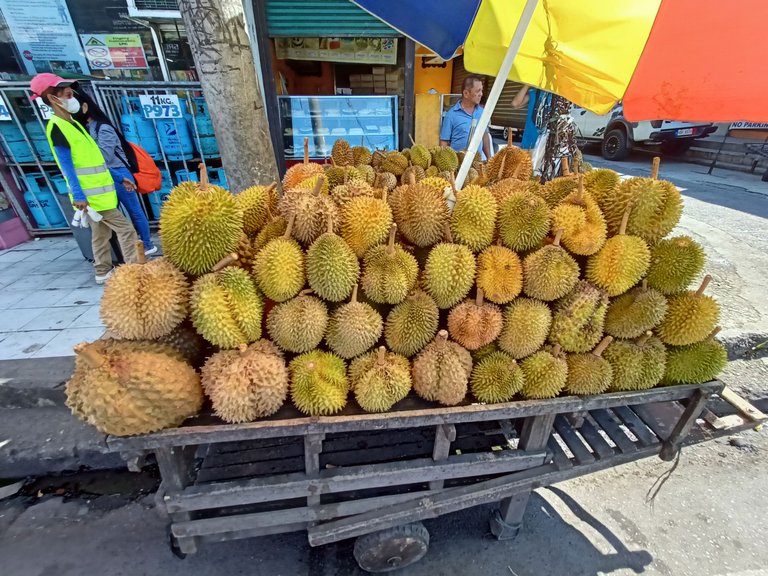
Although there are plenty of commercial spaces, fairs, stalls, and bazaars within this vibrant metropolis, follow me as we will only investigate 3 well-known marketplaces that sell these exotic fruits within Davao City, also nicknamed as the Durian Capital of the Philippines. By the way, don't forget to bring extra cash because I'm pretty sure you'll be tempted to buy some merchandise - the local products are simply too irresistible to ignore! So here we go…
Magsaysay Fruitstand Vendors Association
It's difficult to miss this roadside market as it's just right outside the main entry gates of Magsaysay Park, a highly popular tourist attraction of this urban center.
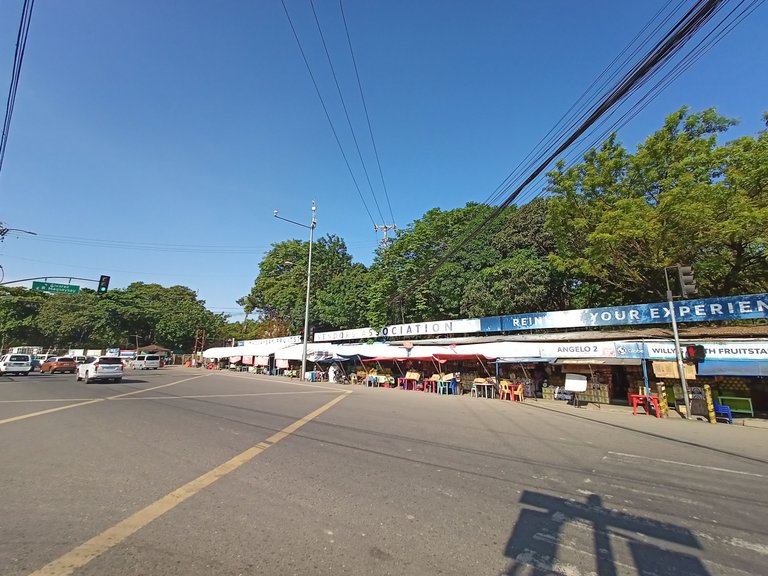
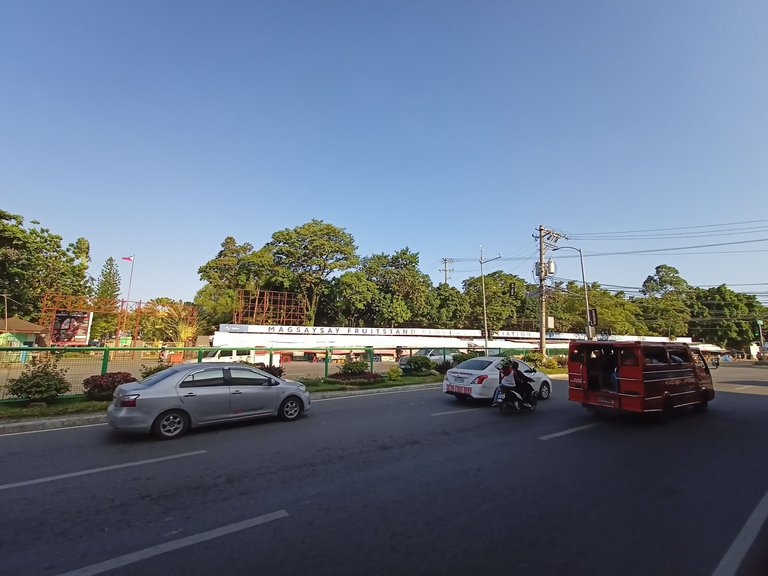
Also situated right across the city’s iconic Chinatown district known as Uyanguren, these street traders have already established themselves permanently as the-go-to sources for the region’s most popular fruits. Depending on the season, certain types of fruits are not available, but normally most of them are specially cultivated throughout the year to satisfy the consistent demands of consumers.
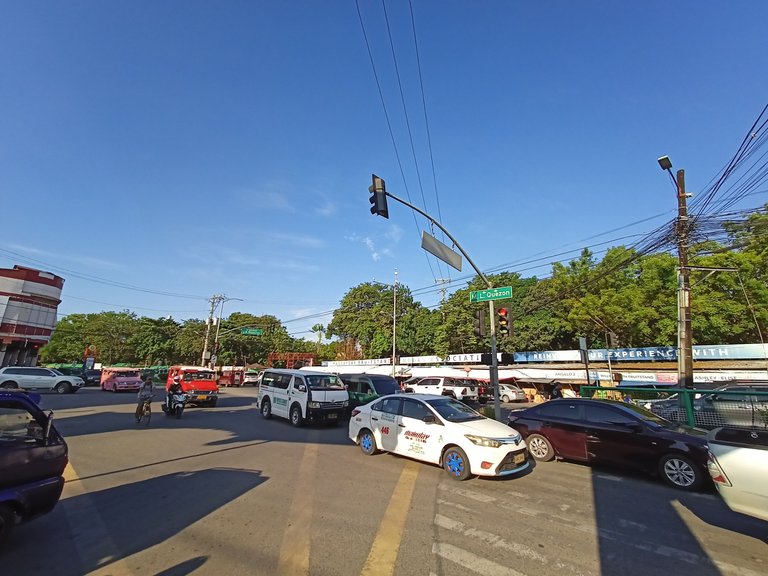
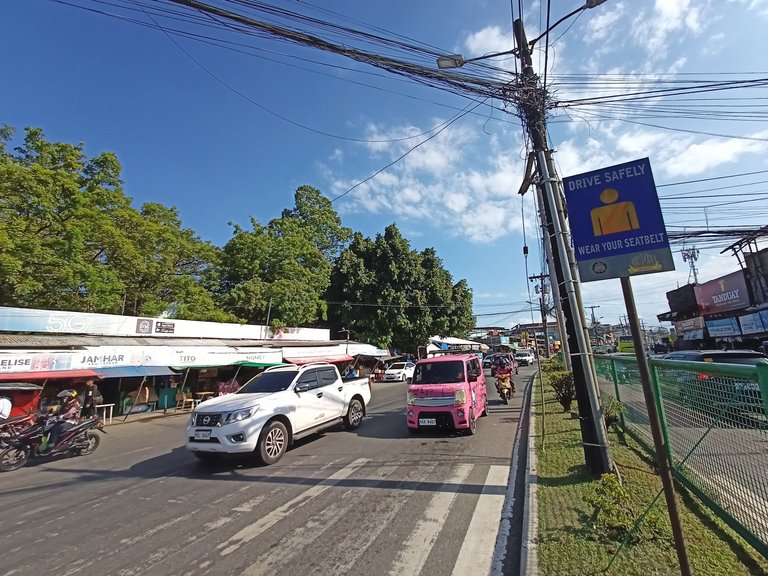
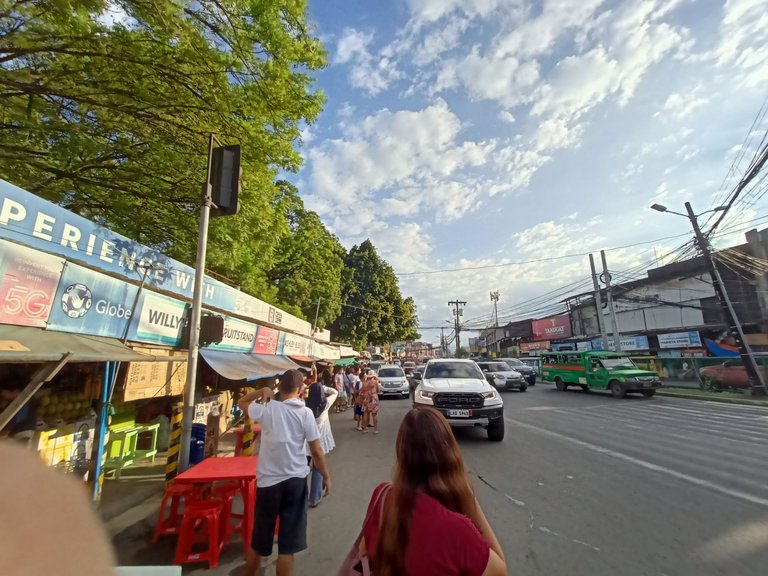
It was already mid-afternoon and it so happened that my stomach was grinding - obviously craving for snacks. And what perfect timing it was!
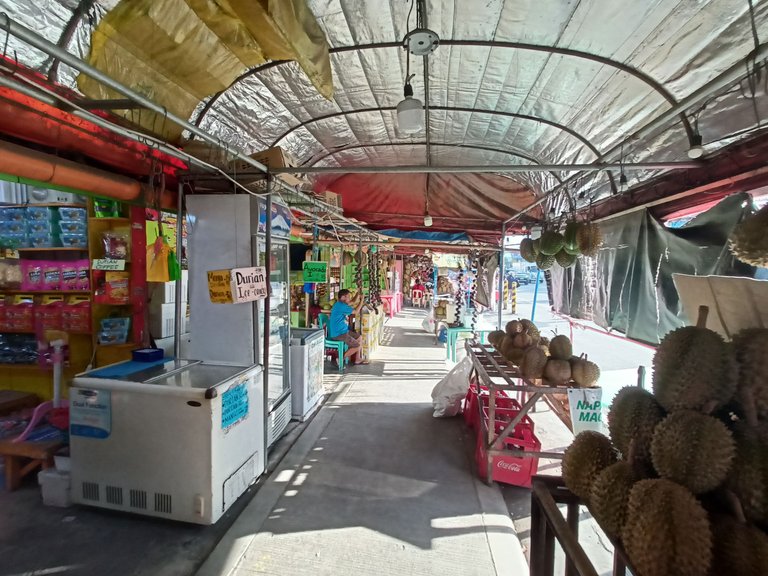
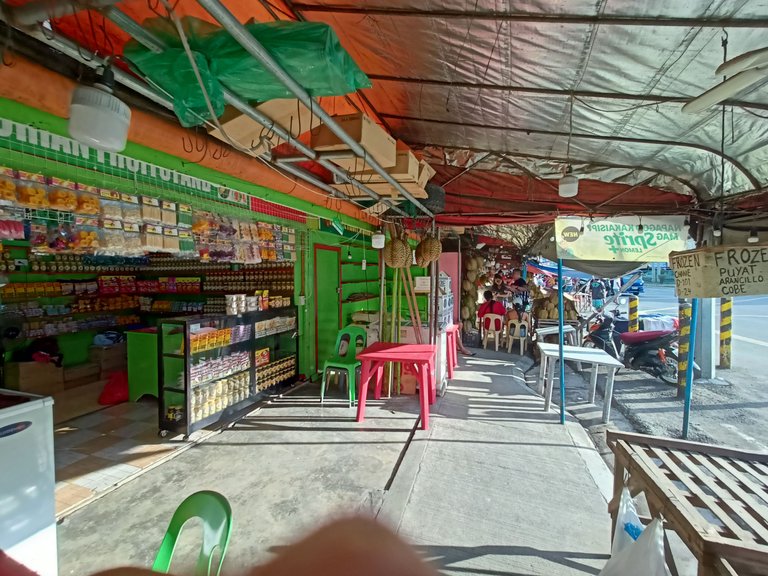

As I strolled through the various stores, it was easy to be overwhelmed by the plethora of fruits and tasty goodies that were distributed as far as my eyes could see.
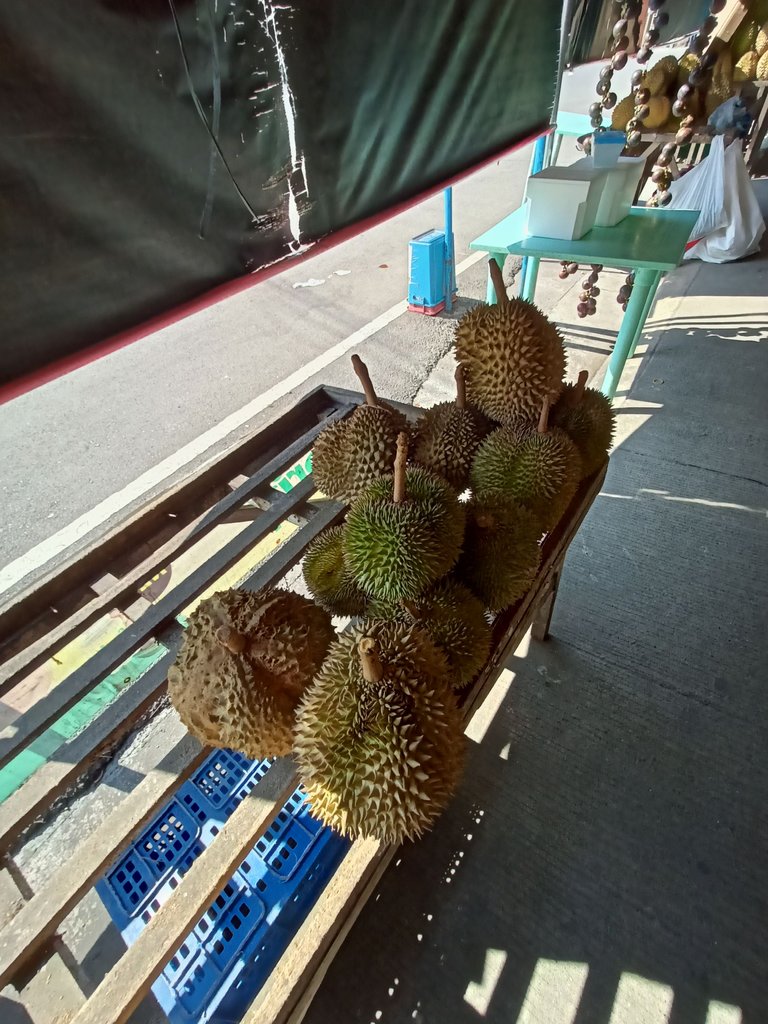
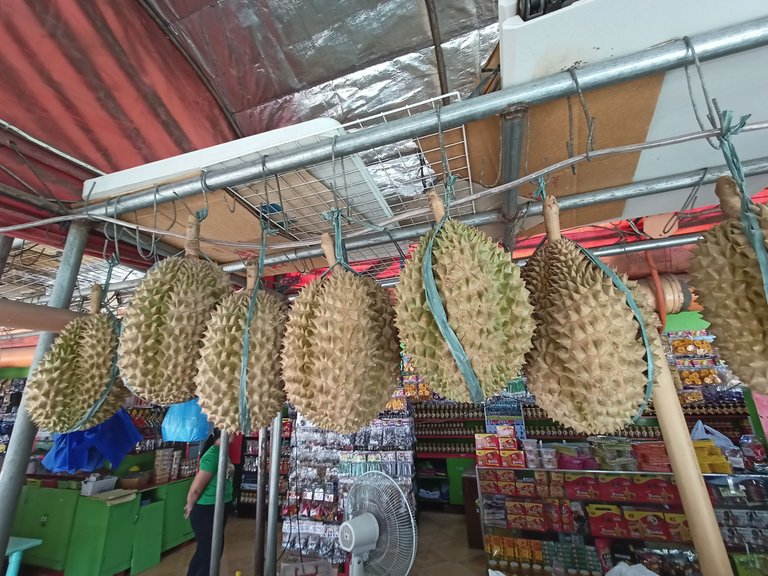
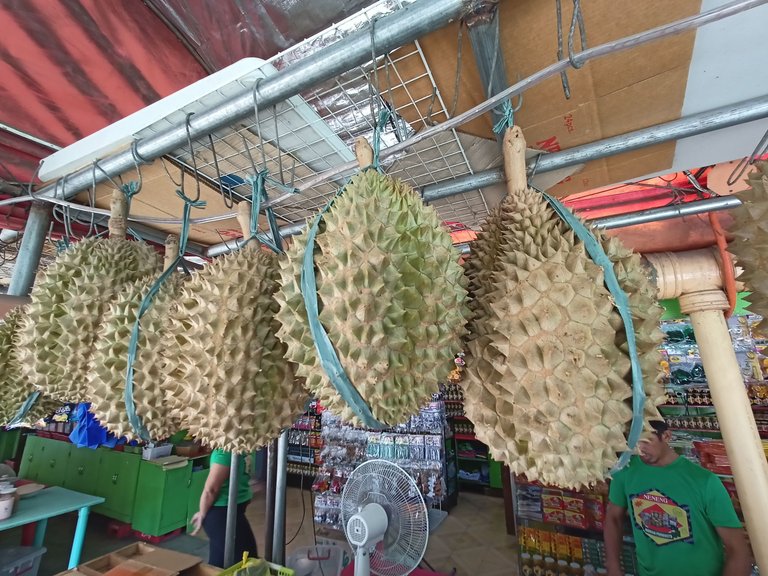
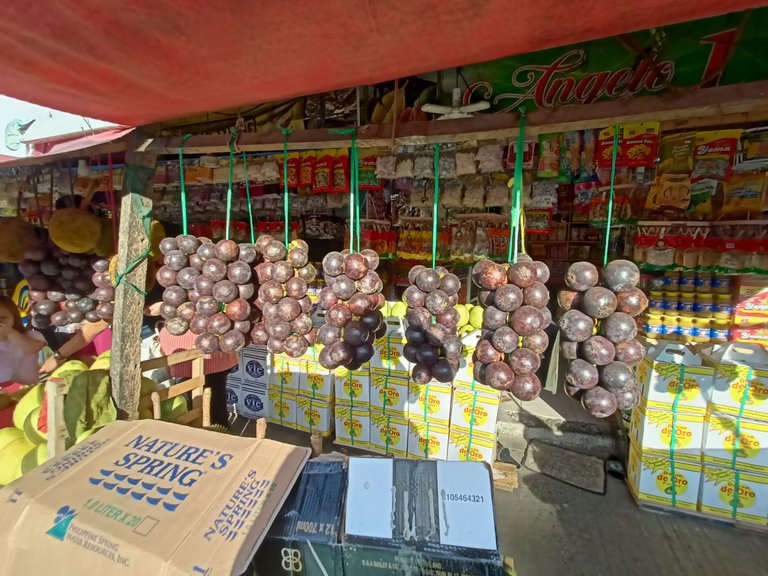
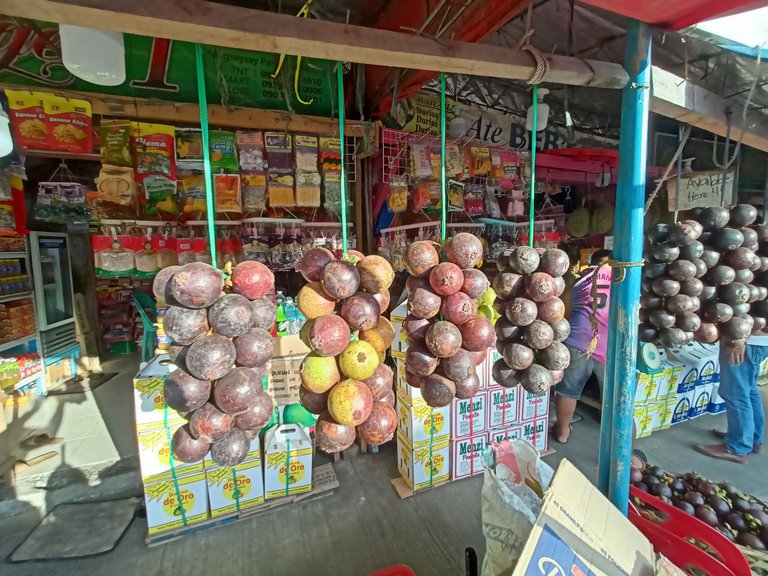
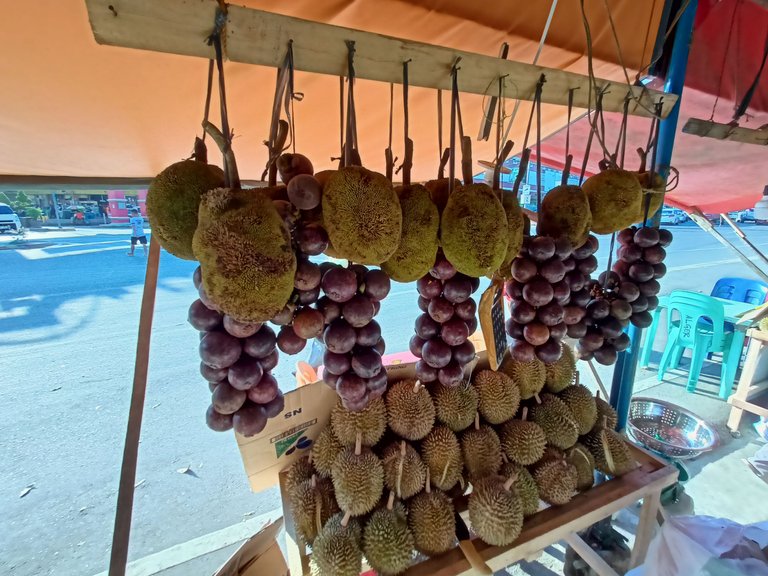
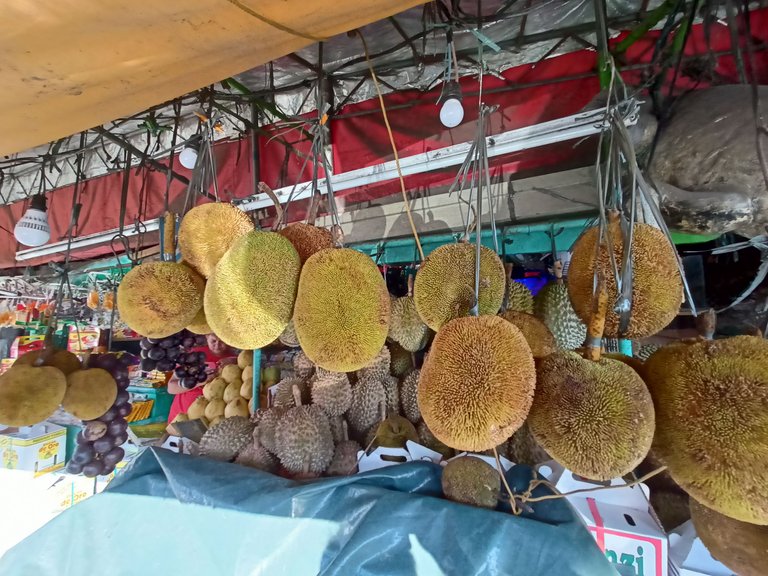
During those moments, some fruits that were on display were Avocados, Marang (looks like jackfruit), Pomelos, Mangosteen, and of course, the pride of them all: Durian, the king of fruits. In fact, the Durian has evolved into numerous varieties based on their distinctive flavors and degrees of their peculiar odors.

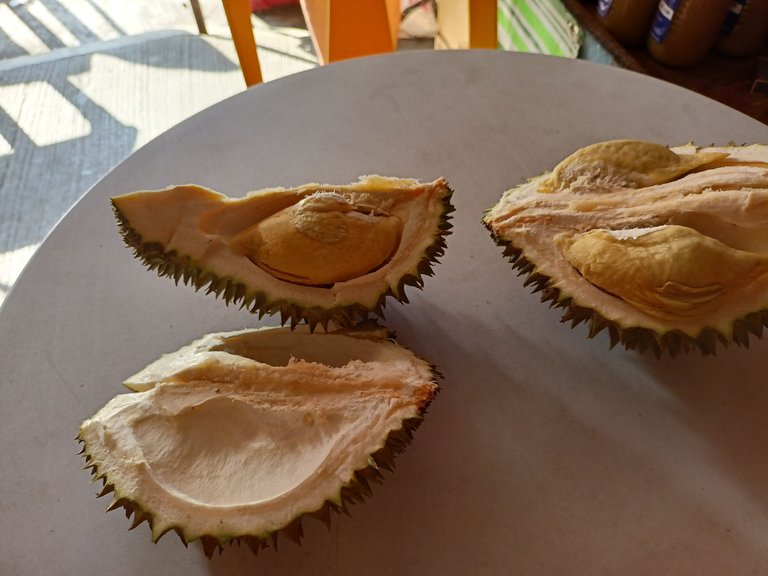
Since it was my initial experience in sampling a Durian, the hospitable store owner offered me the Ganyao variety. Surprisingly, contrary to the stinking scent I was expecting, this remarkable fruit didn't release a pungent smell and actually had a deliciously creamy taste. I'd recommend this particular kind of Durian if you're planning to try it for the very first time. Yeah?
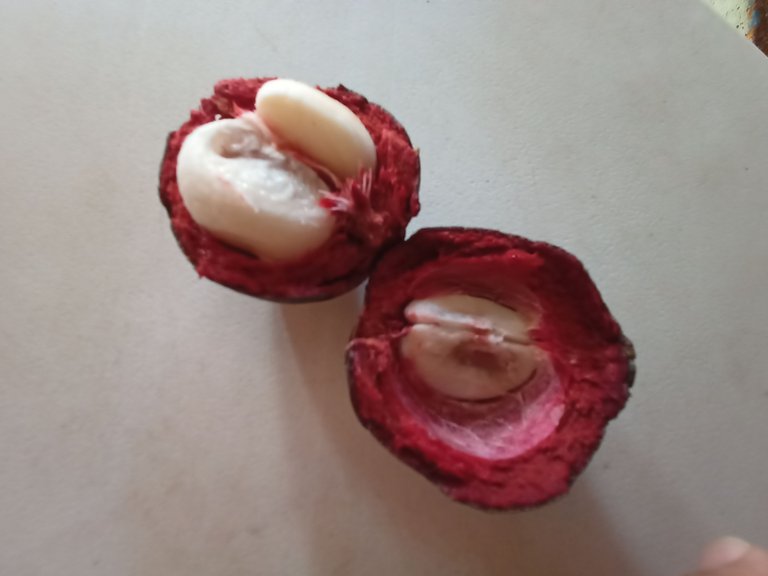
Likewise, the Mangosteen fruit surely didn't disappoint me. I just love its sweet zest. Have you tried it?
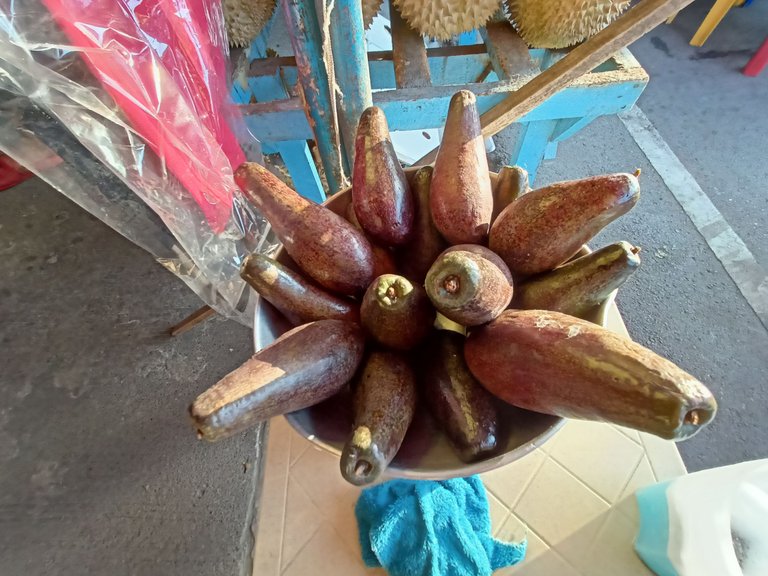
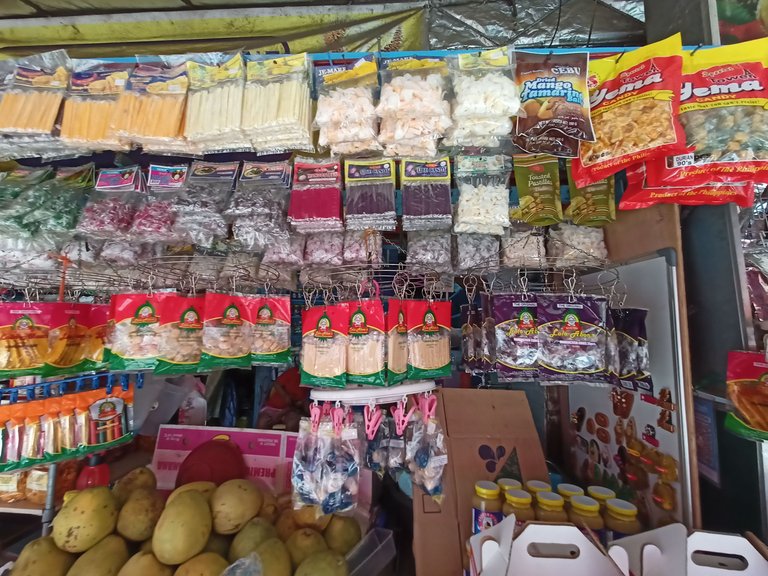
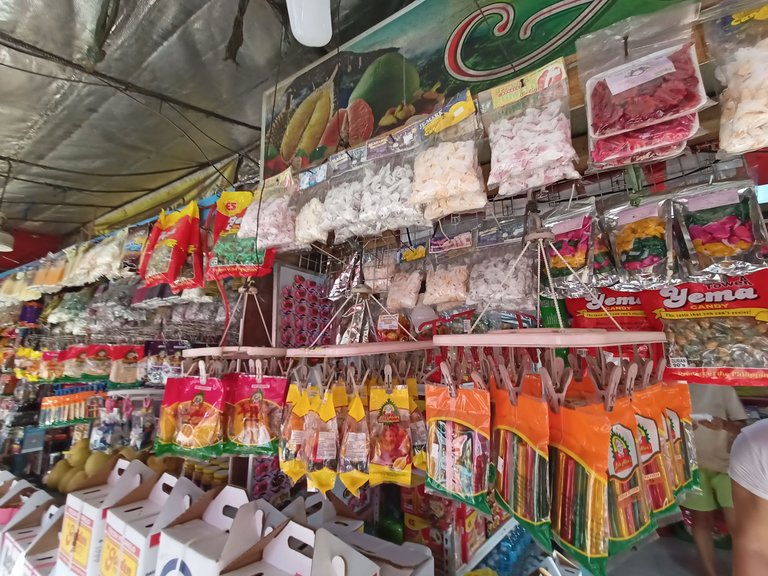
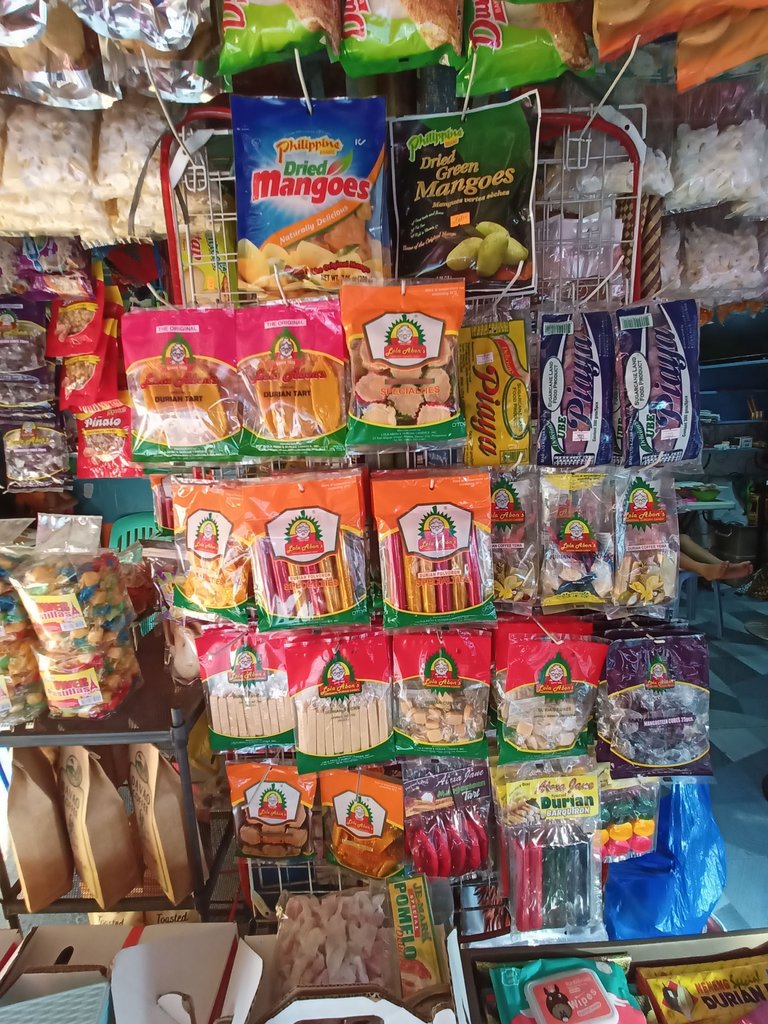
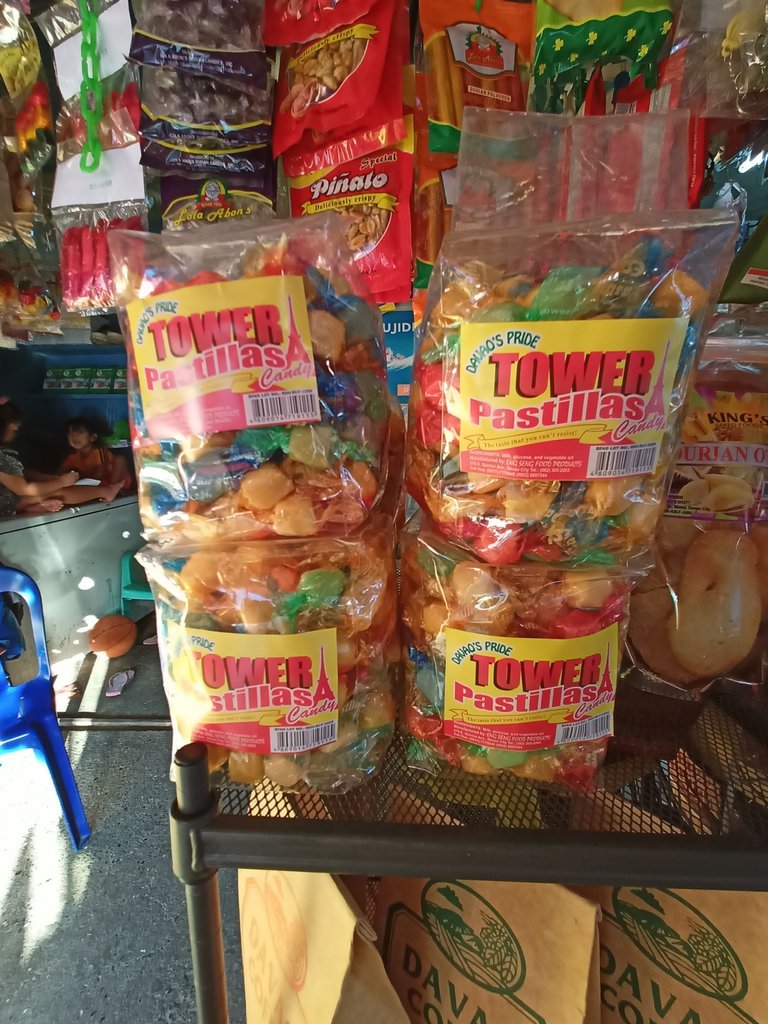
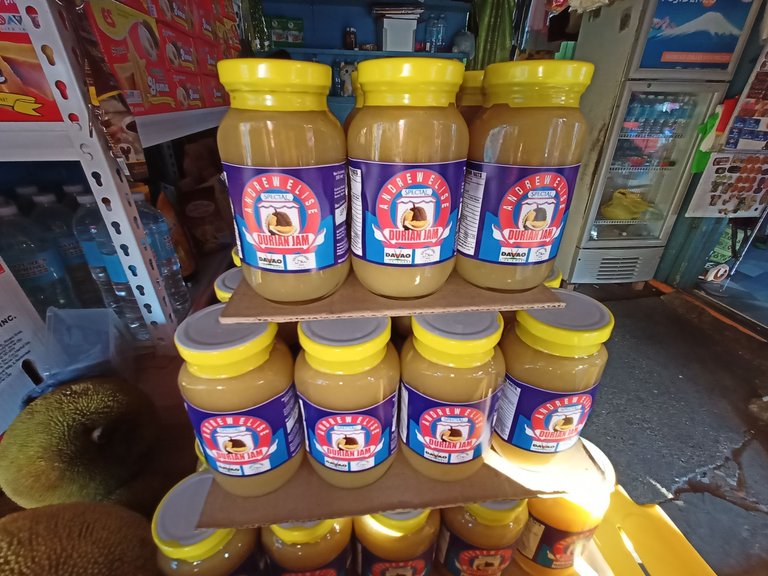
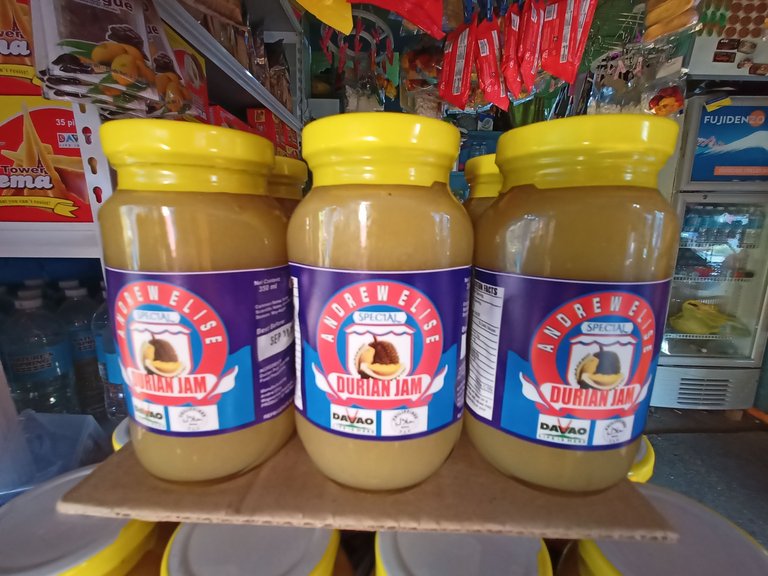
Moreover, apart from the natural fruits in their original conditions, their respective byproducts in the form of sweets, candies, polvoron, pastillas, and jam were abundant. These foodstuffs were typically bought by residents and tourists for “pasalubong” (gifts for giveaways) purposes.
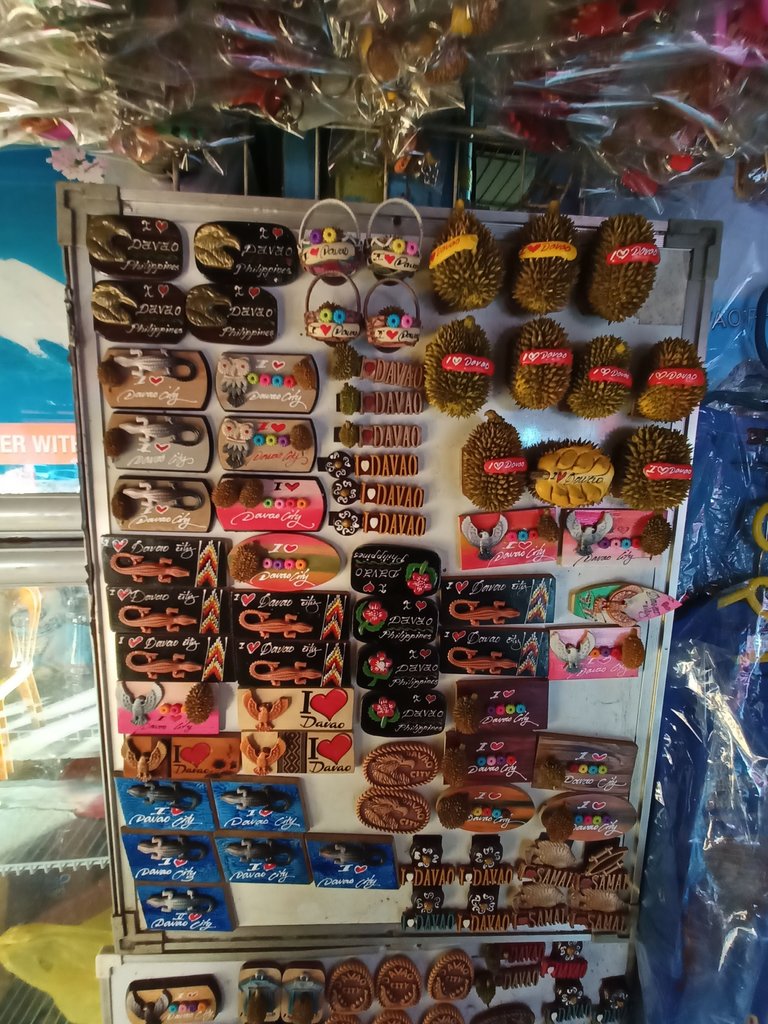

Trinkets, ornaments, and knickknacks were also available as souvenir items. I was particularly fascinated by the tiny Durian fruits that were preserved and transformed into magnetic decors, keychains, and the like. Take a look.
Pricewise, the fruits, eatables, and related products sold here were quite expensive because they were marketed in a highly touristic area. However you can always negotiate for bargains depending on the volume of your purchases.
If your financial resources are limited and you're considering cheaper alternatives, our next marketplace will be your best bet.
Bankerohan Public Market
On a different occasion, I also discovered the largest commercial fruit paradise of them all - next on our list.
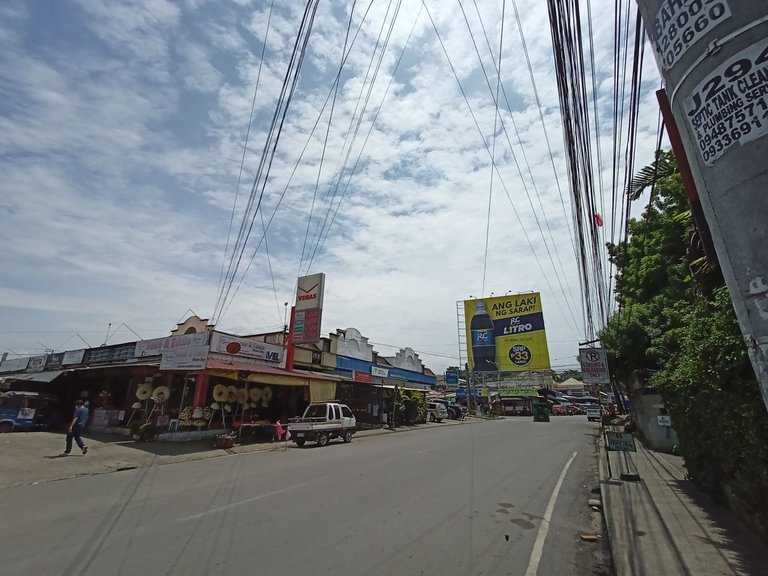

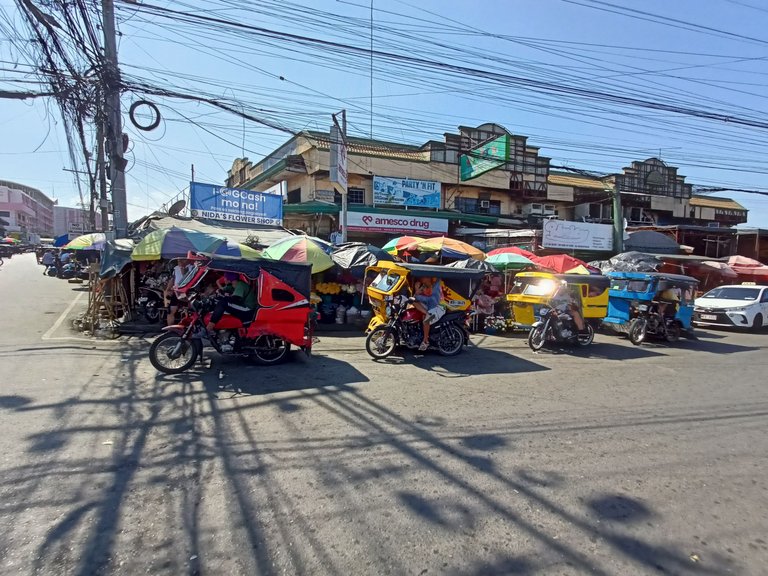


The Bankerohan Public Market holds the official record of being the most active and biggest (wet & dry) marketplace in Davao city, supplying fresh commodities daily such as vegetables, poultry, meat, food items & delicacies, flowers, shoes, bags, and clothing, not to mention the constant bountiful harvest of enticing fruits. Consider it a low-cost mall, if you will.
What more would you ask?
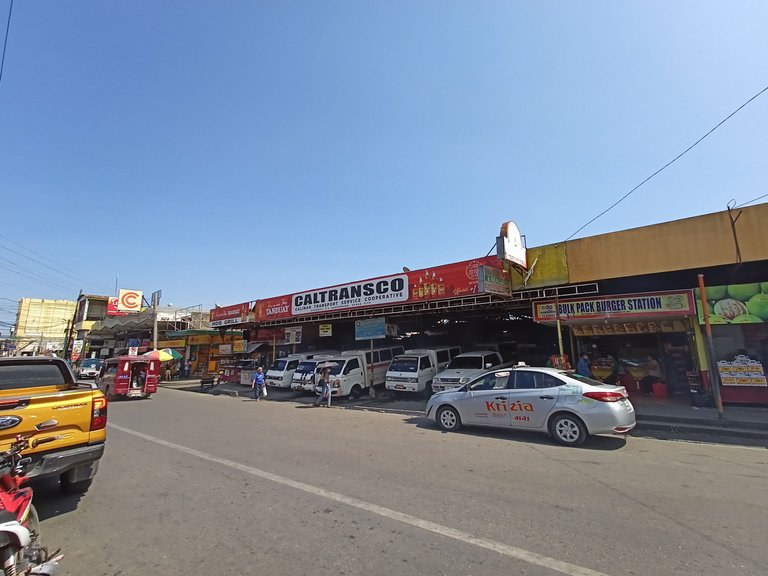
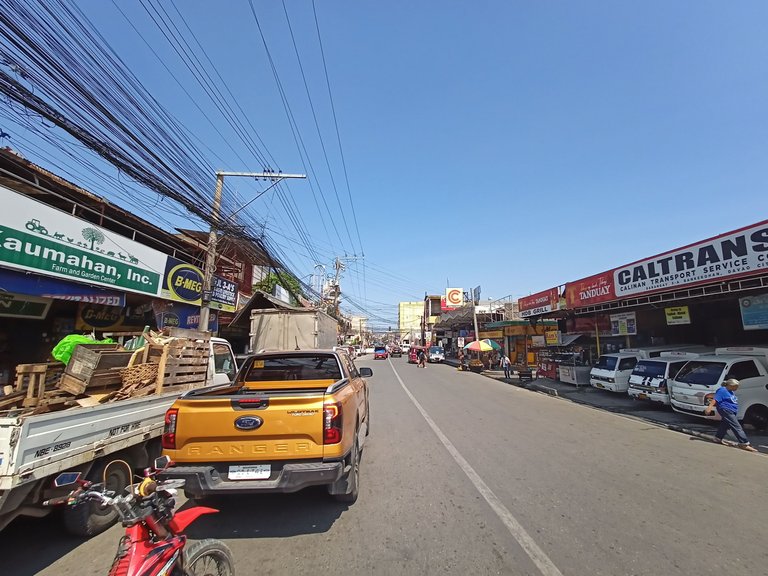
For commuters, this massive complex even has a satellite terminal operating with mini-vans and other public vehicles that transport you to strategic municipalities within the city and beyond. How convenient is that?
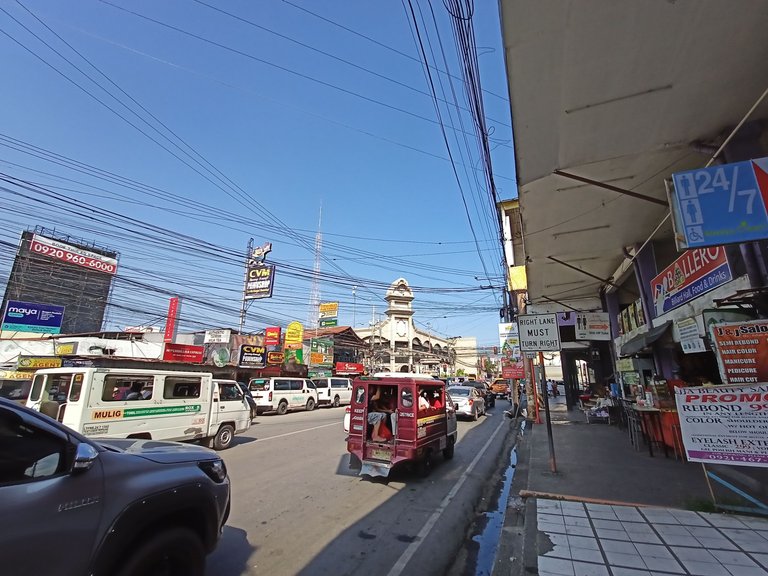

Upon entering its extremely busy streets and sidewalks, I was immediately drawn to the smorgasbord of interesting merchandise. Funny, it was as if they were calling me by name to approach them. Yet, for this escapade, let's focus our curiosity on the spectacular fruits, okay?
Compared to the Magsaysay Fruitstand Vendors Association, this outstanding marketplace exhibited more varieties of fruits, ready for your shopping spree.
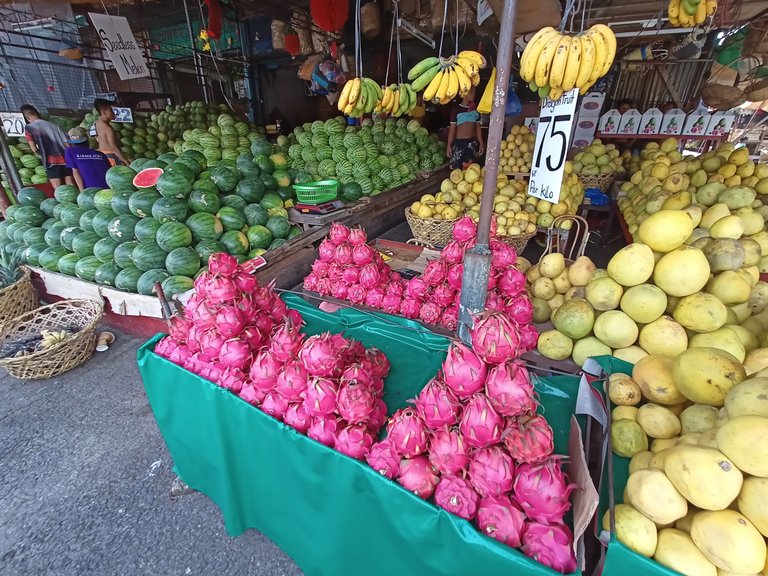
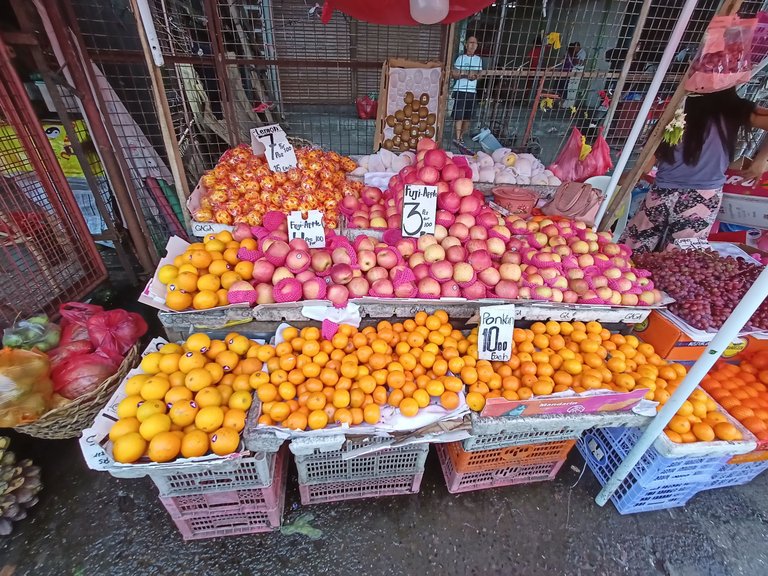
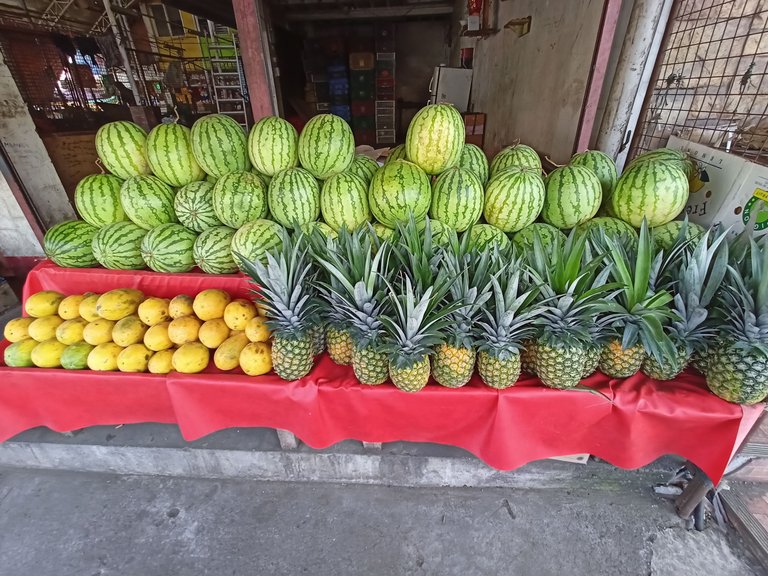
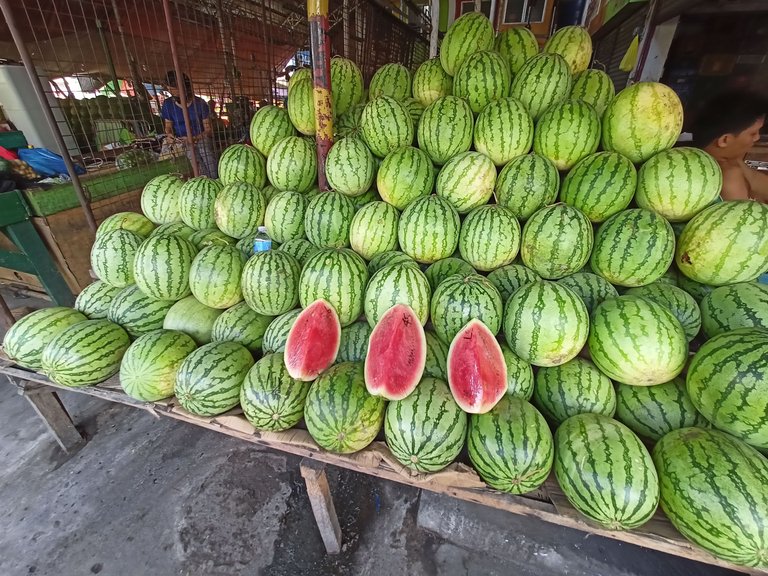
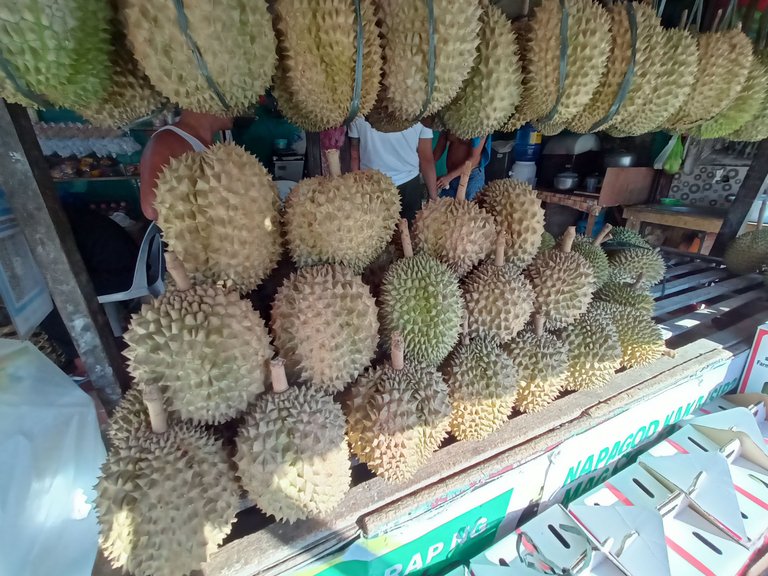
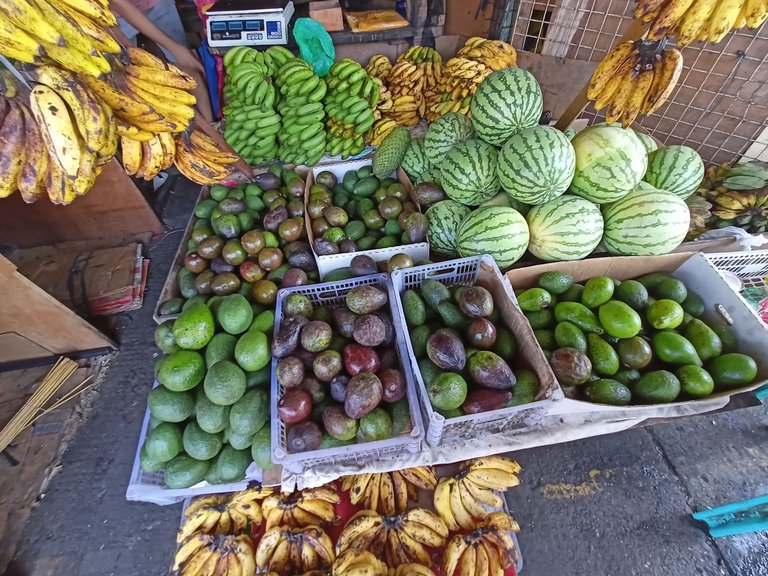


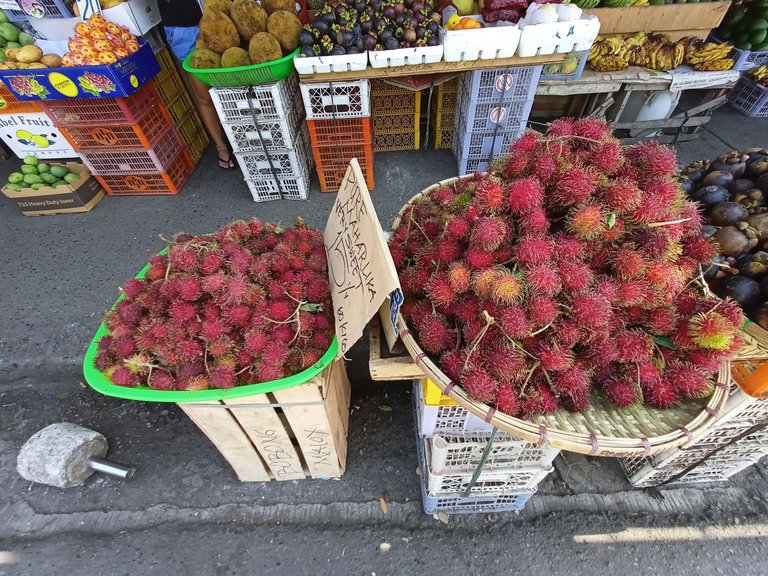

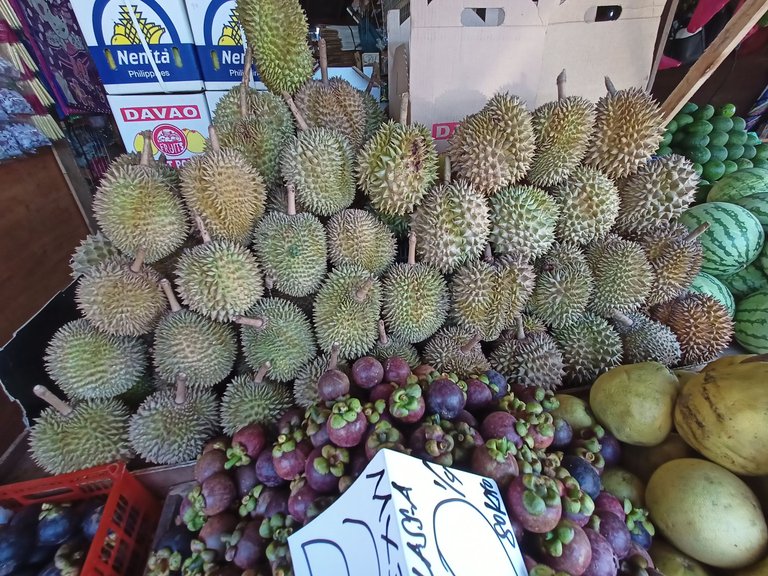
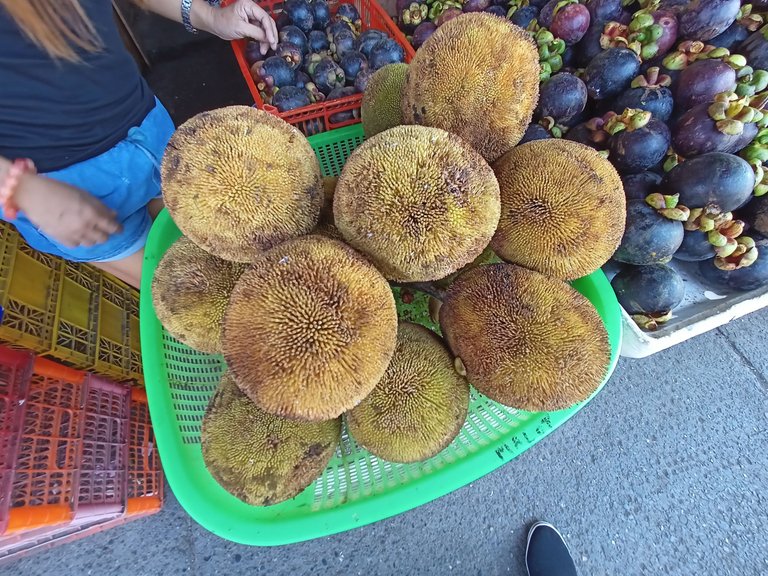
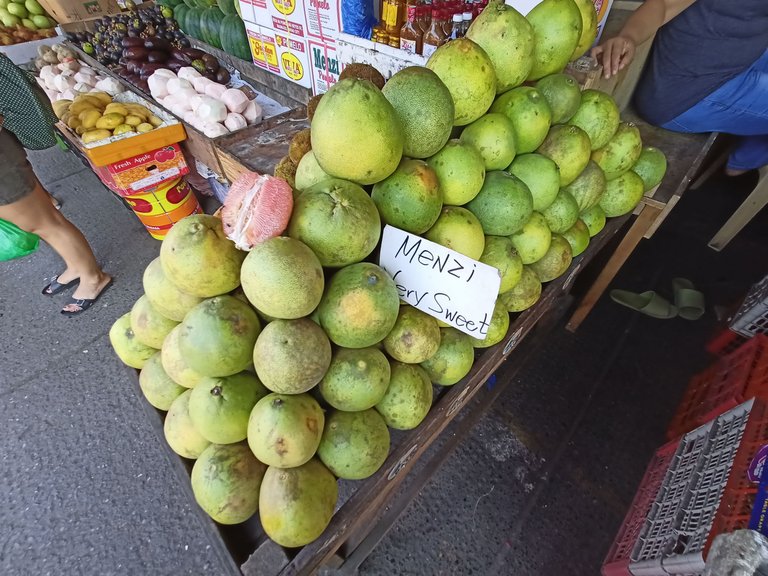
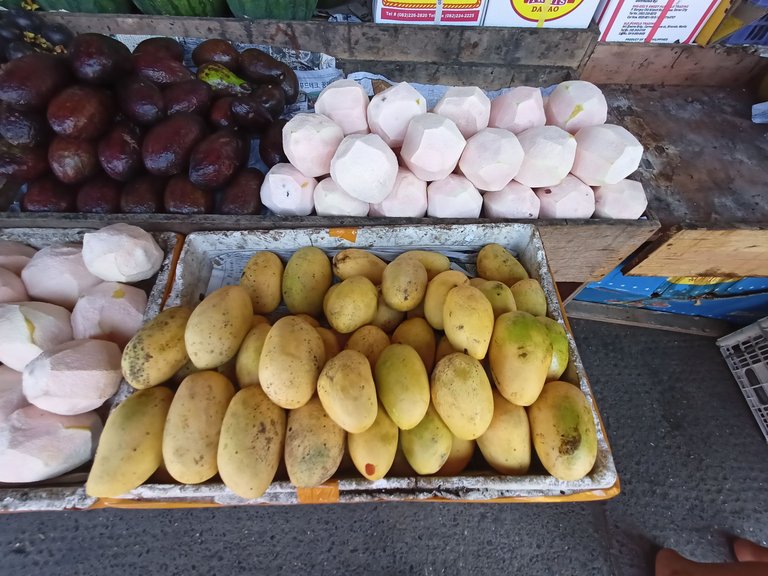
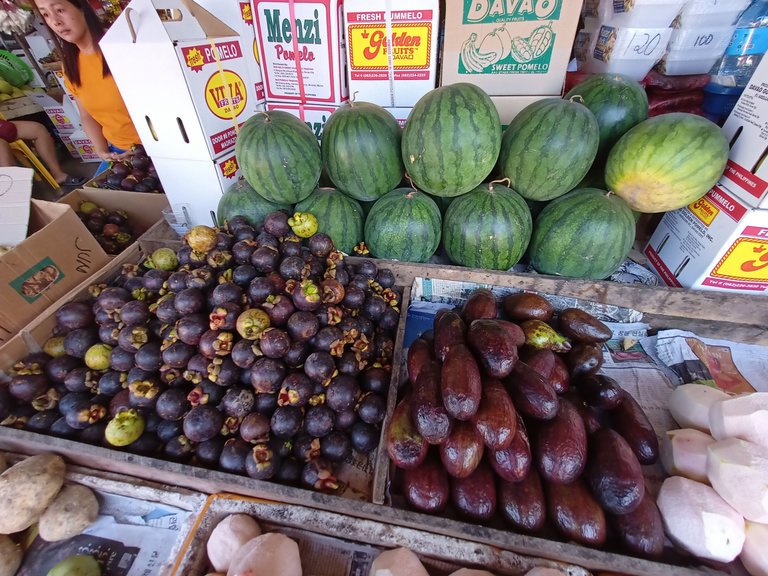
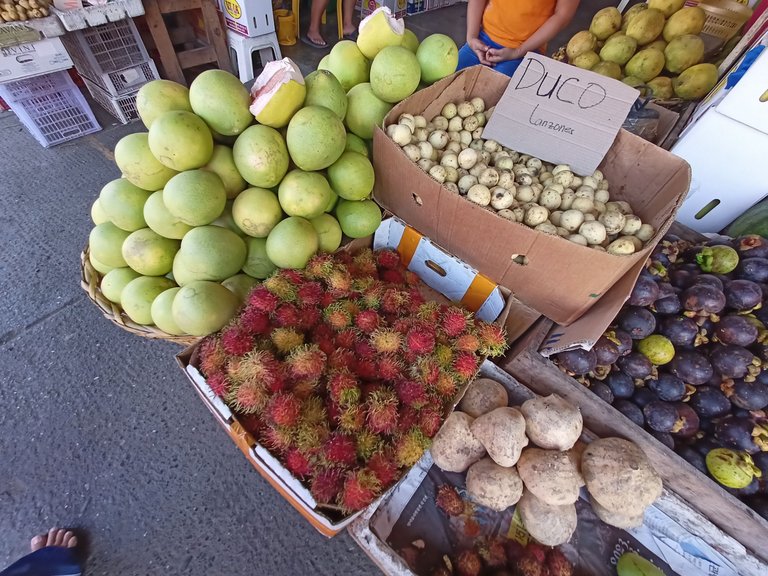
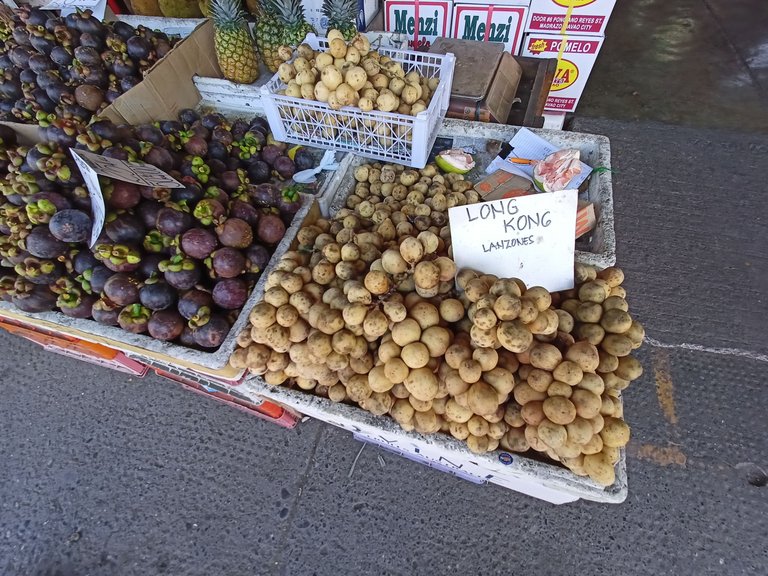
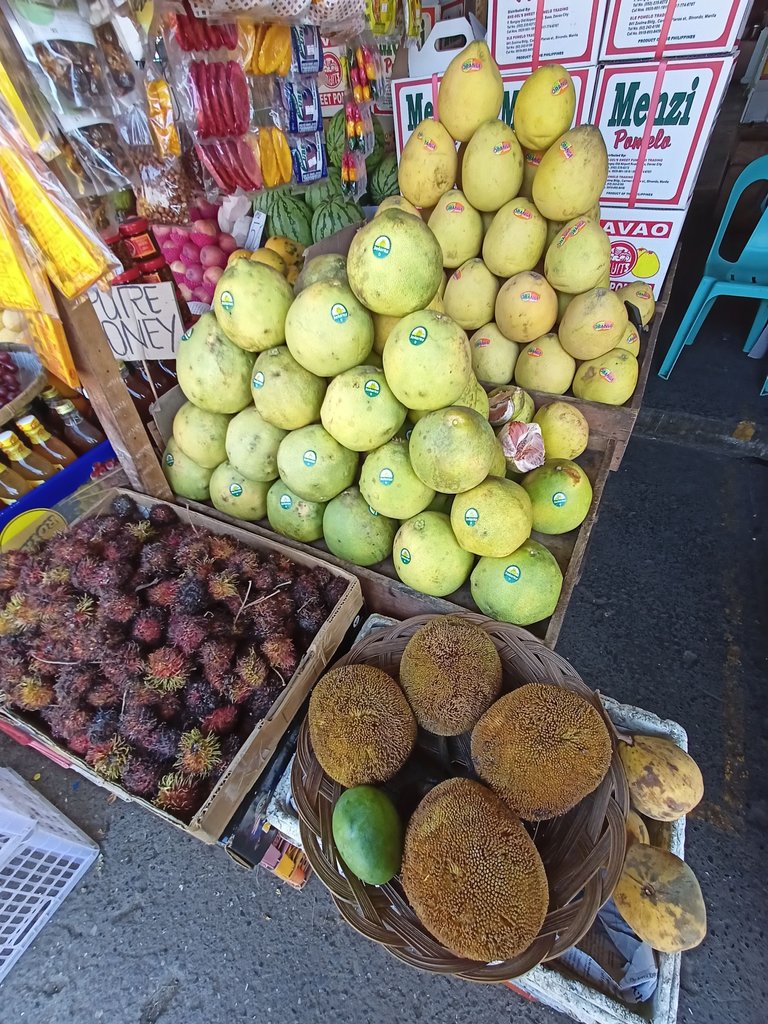
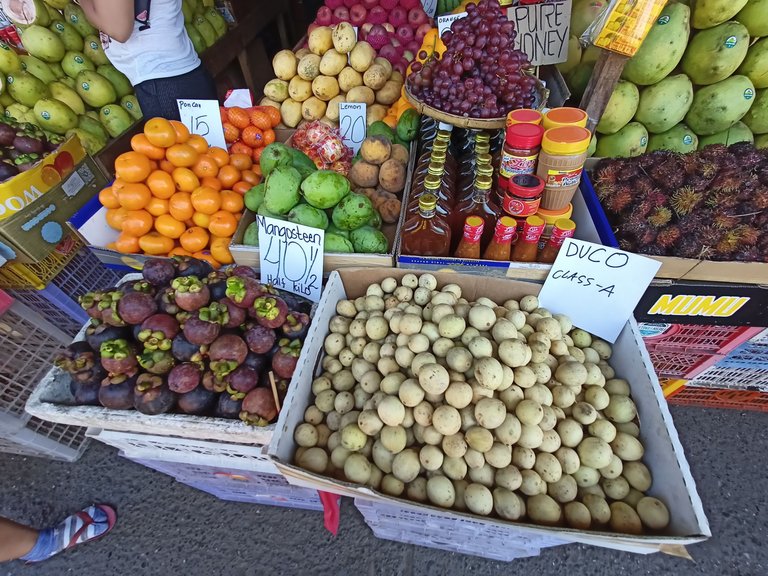
Watermelons. Bananas. Pomelos. Dragon Fruits. Oranges. Apples. Chicos (Sapodilla). Grapes. Marang. Mangoes. Pineapples. Avocados. Santol (Cotton Fruit). Rambutan. Mangosteen. And last but not the least, the humble Durian. What an astonishing fiesta of fruits! Have you made up your mind yet?...lol.
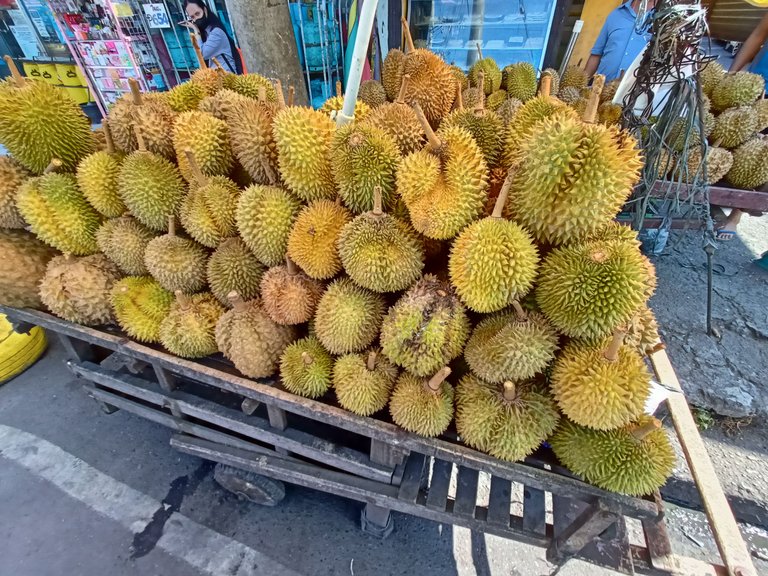
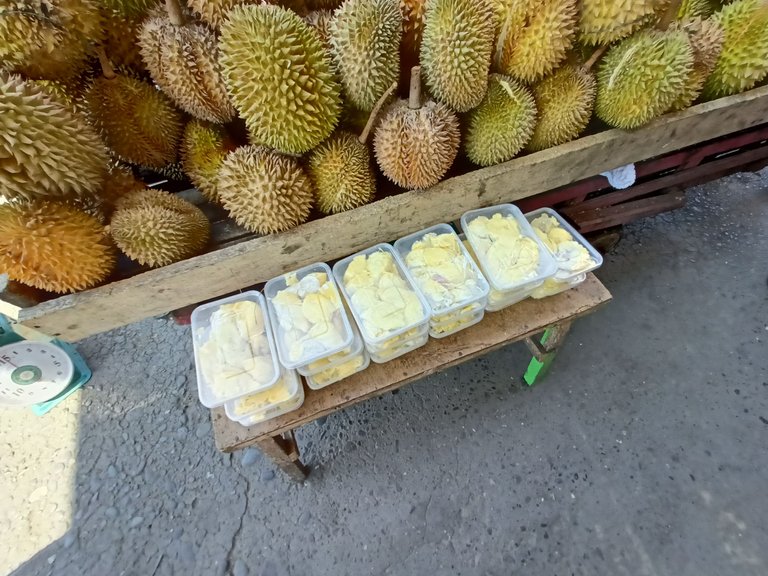
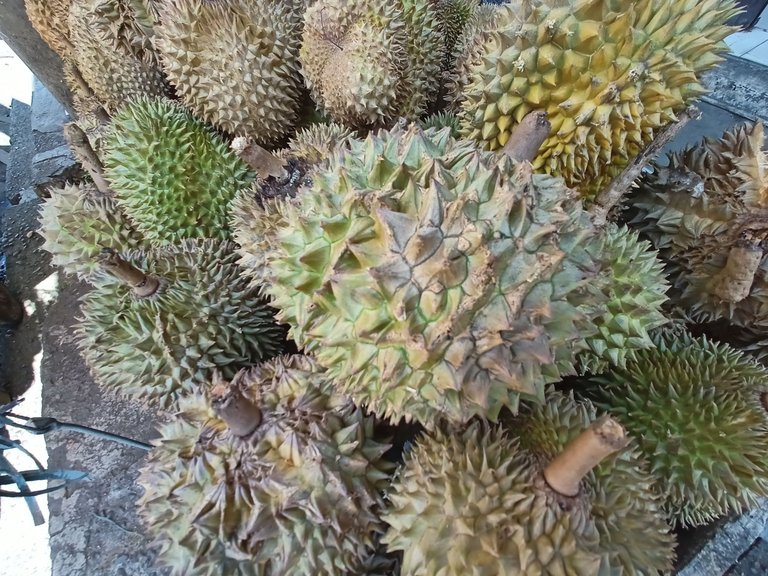
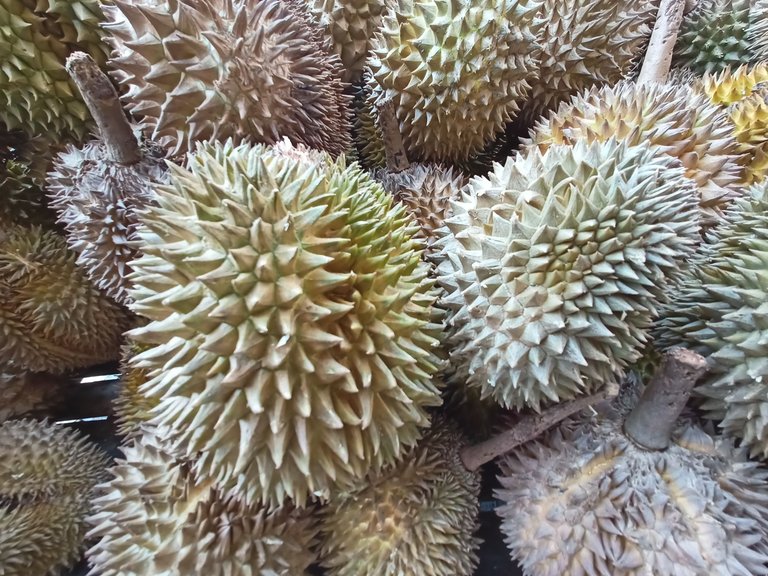
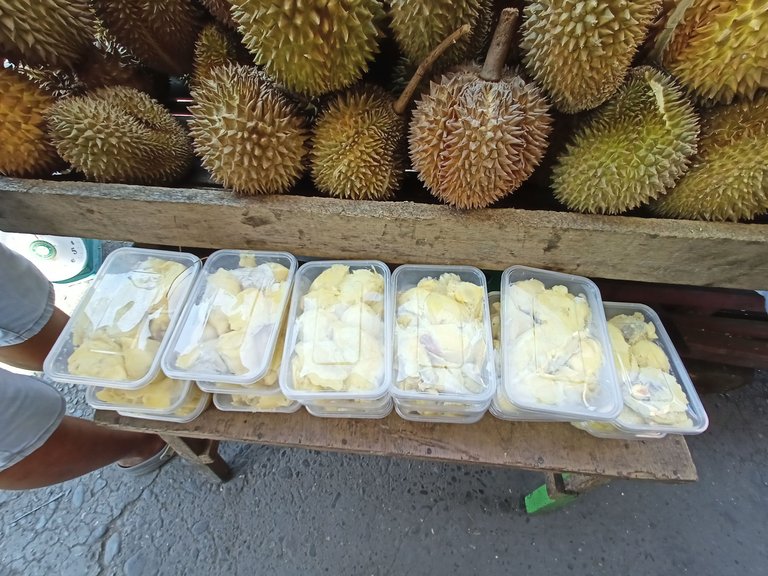
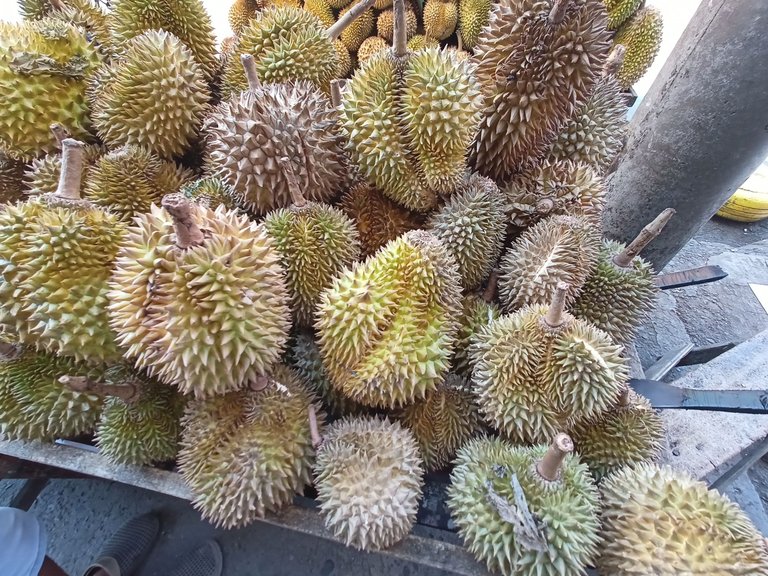
Searching for the cheapest and budget-friendly bargains on various fruits and its related products? As already mentioned, this is the perfect place to be - guaranteed!
Poblacion Market Central Fruit Vendors
And finally, let's take a peek at this upscale establishment also situated within Davao City’s metropolitan center.
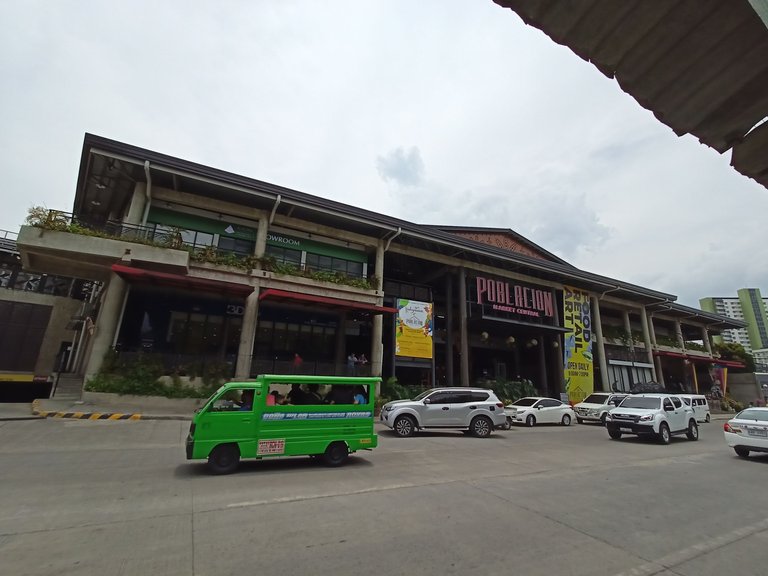
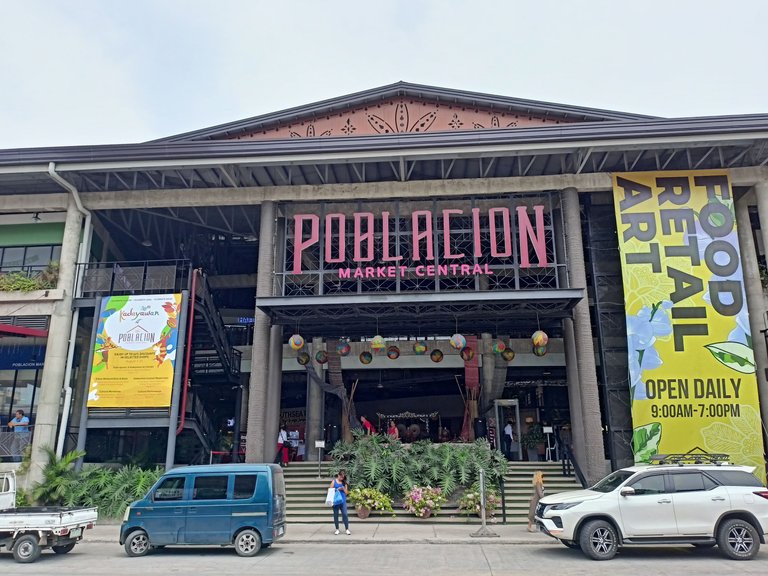
Again, like the Magsaysay Fruitstand Vendors Association, the commodities sold in these modern fruit stalls were pricey and usually served the upper class of society.
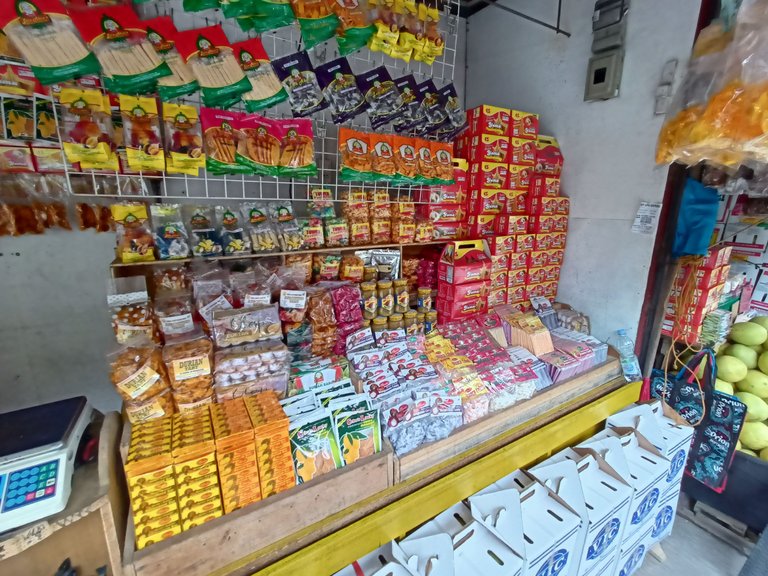
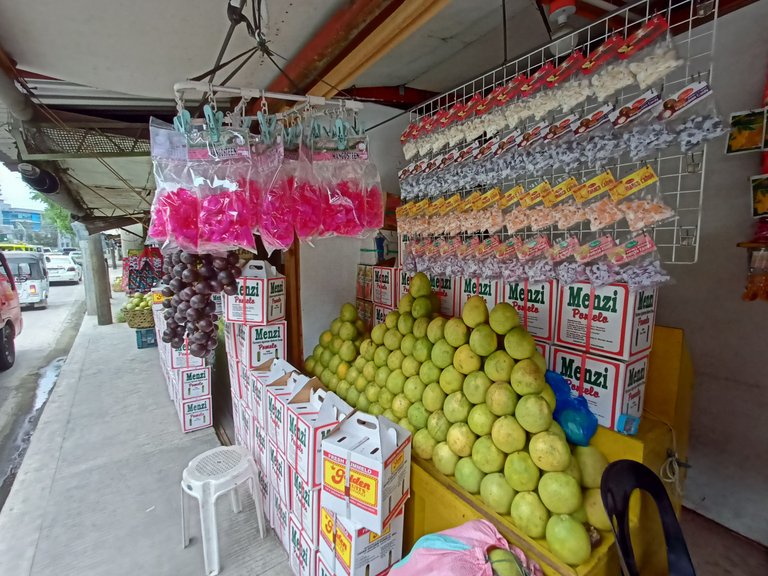
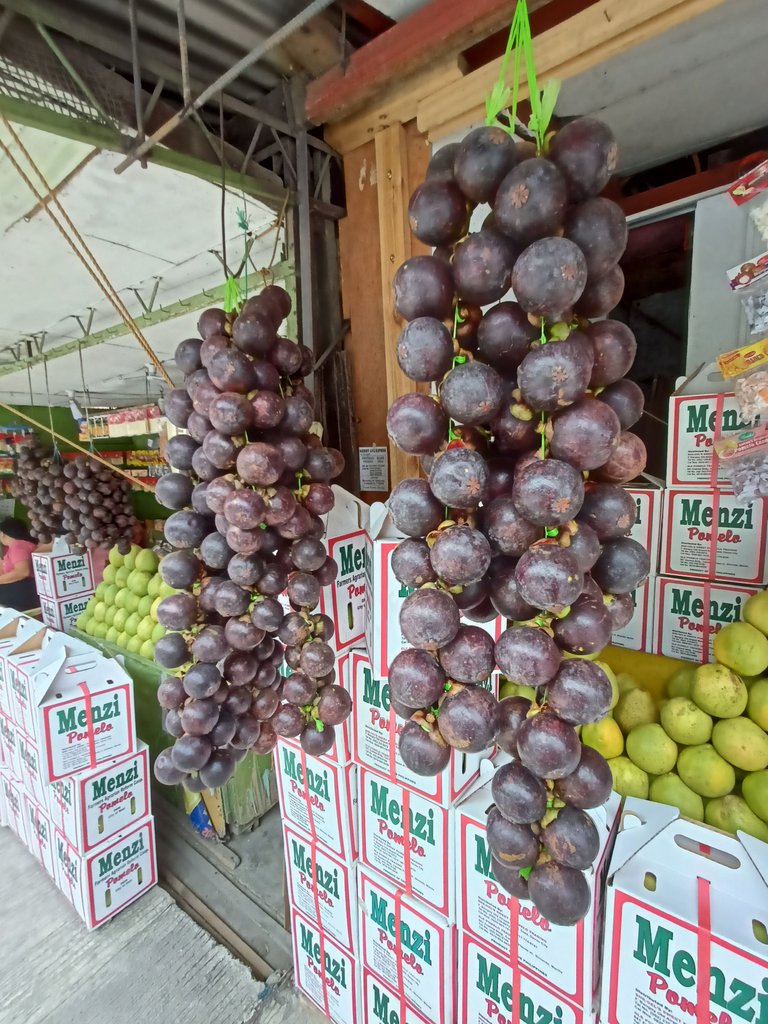
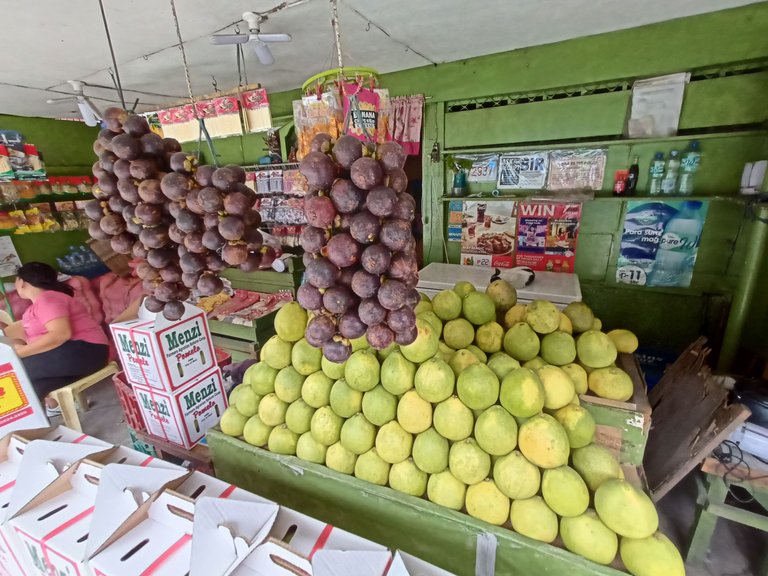
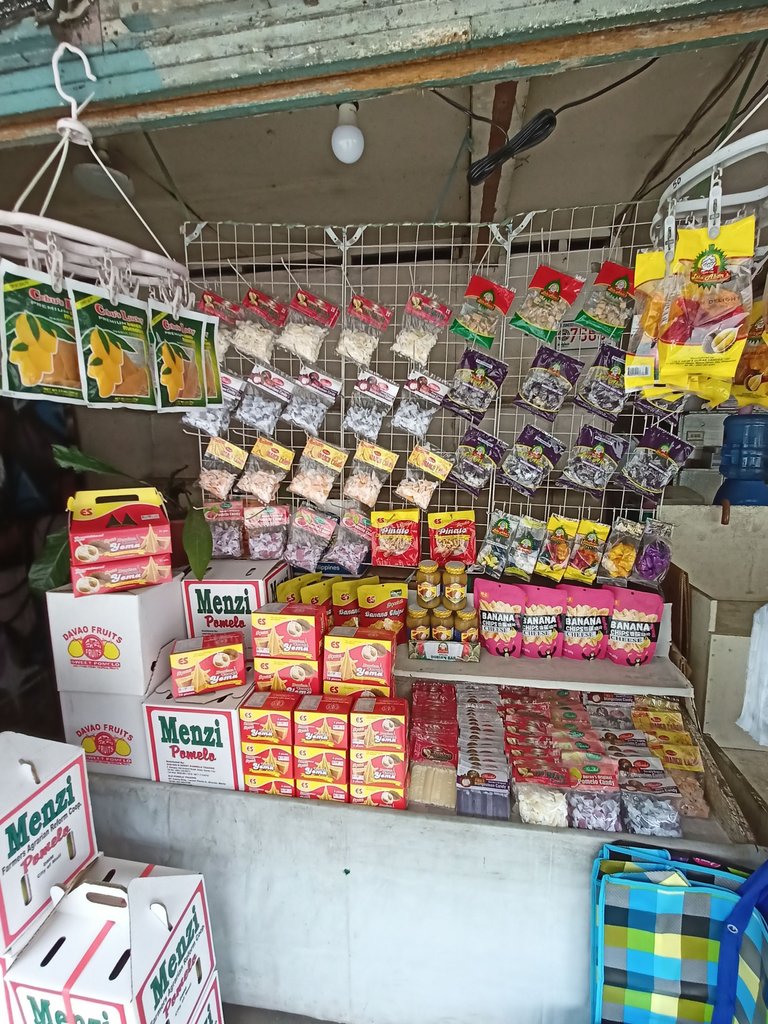
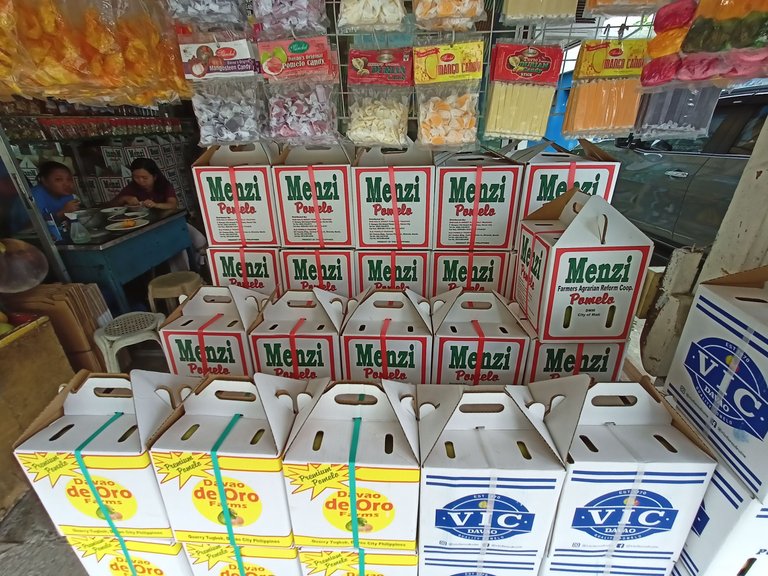
Across the street and facing the Poblacion Market Central, a boutique shopping center, these roadside merchants were only selling limited varieties of fruits like Mangosteen and Pomelos, plus lots of sweets in an assortment of fruity flavors. So far, there were no Durian fruits offered there but were only available in their assortment of candy versions.
Have you already purchased fruits at these bustling locations? What about other interesting marketplaces you've been to within Davao that are not showcased here? What’s your favorite featured fruit so far?
More power to the Market Friday Community!
About the Author
Architect | Environmentalist | Adventurer
Creator of the Architecture+Design Community on the Hive Blockchain
Copyright © 2020-2024 storiesoferne. All rights reserved.

I also bought souvenirs like these when I visited Davao last month. Durian is not one of my favorite fruits but I love durian candies though. Hehe. Well, durian tarts and candies for me!
Wonderful! Davao is definitely one of the best cities in the Philippines for tourists, and I'm glad you had fun there. Yes, the original Durian fruit's unique flavor is not for everyone because they couldn't tolerate its peculiar smell, haha. At least, its candies, sweets, and delicacies have appealed to your discerning taste. Happy weekend @pinkchic! 😊
Deymmmm! That's heavenly!
Lanzones is my favorite, then the pomelo... rambutan, mangosteen, avocados. I'd love to try marang. It's not too common in our province (Batangas). The durian, hmmmm. I've tried it as candies and ice cream, but not the fresh fruit.
Oh yeah, I clearly missed the Lanzones. Thanks for spotting and mentioning your favorite fruit @arrliinn. Not sure what the local varieties of Batangas are though. Anyway, I think it's about time for you to taste the real Durian fruit (not only its candies and ice cream) to complete your experience. You'll never know - you might like its original flavor and odor. 😁
What a great variety of fruits, there are some that I have never seen tried, like Durian, in this part of the world that fruit does not exist. They all look delicious!
Definitely @jordy0827. There are indeed so many species of fruits in Davao City. That's only one urban location and doesn't even cover the entire country of the Philippines. If you plan to visit this side of the planet, consider trying the Durian fruit, and who knows, you might be amazed at its distinctive smell and flavor. Thanks for appreciating! 😊
Greetings friend @storiesoferne Wow, thanks for the tour, there are many fruits and how good it is to know them because on this side of the world there are not all those you show us, such as durian. Have a nice week!!
Hello @sorprendente. Sure, it's my great pleasure to present to you Philippine tropical fruits. Make sure to prioritize Durian on your bucket list, so in case you'll visit Asia someday, you'll already be familiar with its looks. Now all you have to do is taste its distinctive flavor. Cheers and have an enjoyable one my friend! 😊
Wow! a great variety of fruits and goodies, my favorites are banana, pineapple and watermelon; avocado is delicious especially in salads and guasacaca.
The red fruit looks like the "onoto" that is used in my country to give color to food (stews), I only knew the green one that turns brown when it ripens, in December I had the opportunity to attend a Christmas gastronomy fair and I saw the red onoto, what is this fruit called in your country, do they also use it to give color to food?
Have a great week @storiesoferne!
Greetings @belkyscabrera. Yes, the Philippines is truly blessed with lots of fruit varieties and I'm certain that Venezuela also has her own bountiful share of natural flavors. I'm glad you found your top selections here, as I understand your great interest in the culinary arts.
The red fruit is called "Rambutan" (nephelium lappaceum) and is a close relative of the Lychee and Longan fruits. Its sweet whitish or yellowish internal is sweet which is quite appealing to the taste. I don't think this fruit is mixed in cooking food, not like the "Onoto" that you've mentioned. 😊
How does the "Onoto" fruit taste like and what makes it so popular as a stewing ingredient in your local recipes?
Indeed each country has its diversity of fruits that are delicious, in fact many of those you share are available in my country, the Onoto (Bixa orellana) is used to give color to foods, in fact to prepare the dough of the traditional Hallacas the onoto is used to obtain the yellow color of the dough; you can get it in grain or powder, several seasoning distribution companies distribute it throughout the country.
Its use is basically to give the food a red or yellow color, it does not provide a great flavor essentially color.
Definitely only resembles the "Rambutan" (nephelium lappaceum) in the external part, nothing to do with the flavor and utility, in fact some indigenous groups use it for makeup.
Happy day @storiesoferne!
Oh wow! A popular Venezuelan natural food coloring then. By its fruit-like appearance, we have the tendency to assume it's one. But sometimes looks can be deceiving. And I'm also amazed about Onoto's many applications, not only for cooking purposes. Thank you for this informative explanation @belkyscabrera. Happy Wednesday! 😊
~~~ embed:1749025444073295918?t=CLQ3TxIQJLWfzASVPsCxag&s=19 twitter metadata:c3Rvcmllc29mZXJuZXx8aHR0cHM6Ly90d2l0dGVyLmNvbS9zdG9yaWVzb2Zlcm5lL3N0YXR1cy8xNzQ5MDI1NDQ0MDczMjk1OTE4fA== ~~~